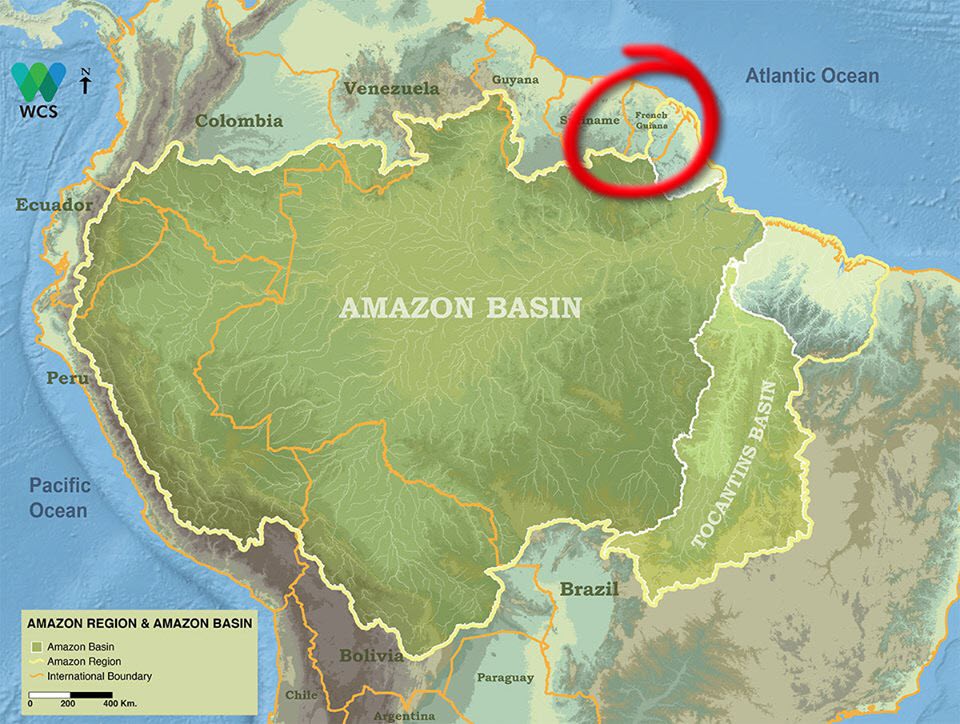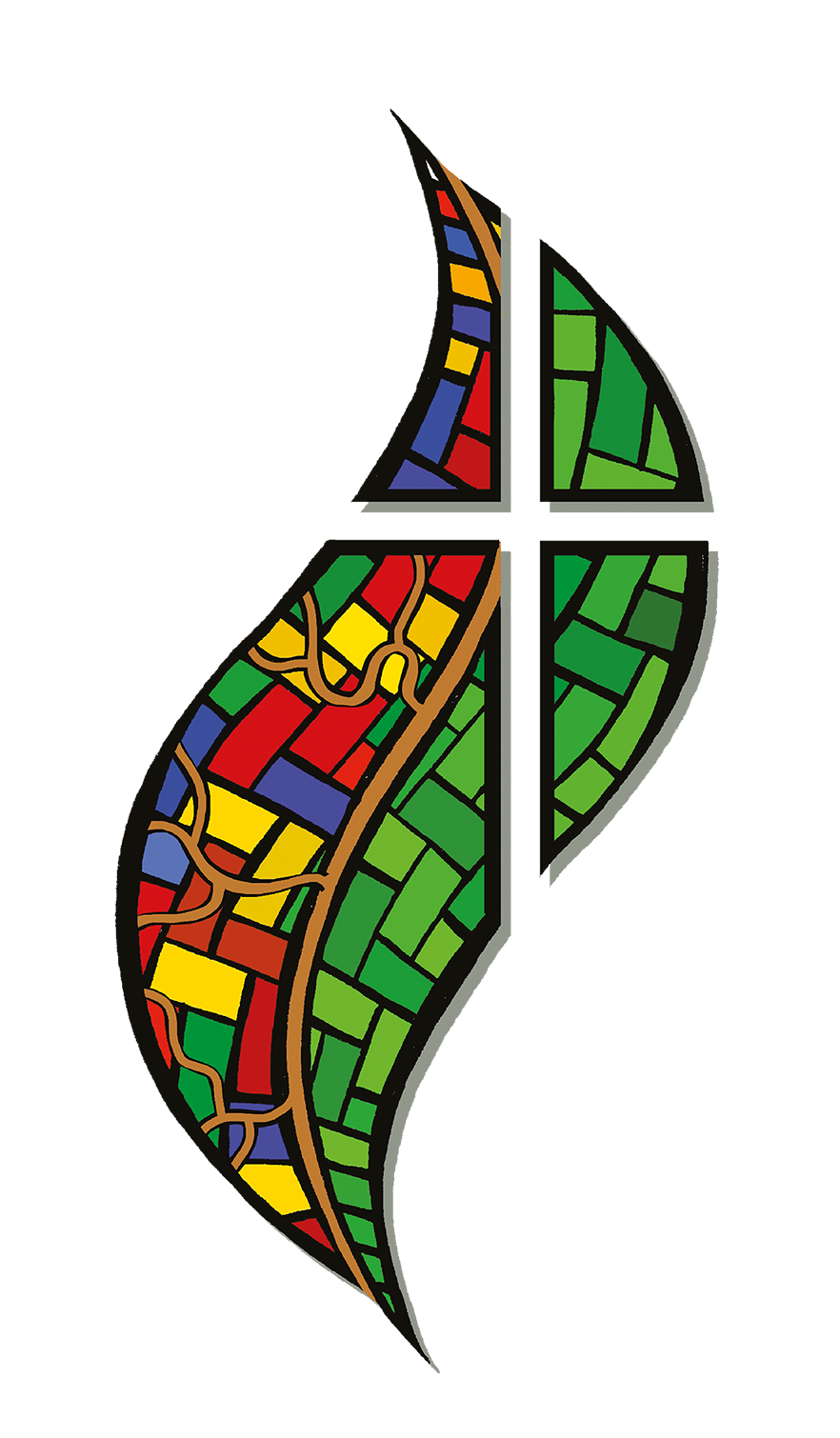French Guiana

French Guiana.
The history of Catholicism in French Guiana (or Cayenne colony) begins with Portuguese missionary efforts after the Treaty of Tordesillas between Spain and Portugal in 1494 gave the territory to Portugal. However, there was no significant triumph in the conversion of aborigines until the seventeenth century.
Catholicism was established only in 1636 and soon after it became the main religion. Efforts were made to convert the indigenous population and most of the immigrants were of Catholic origin. Along with the settlers of the French Company of the East Indies there were some Dominican friars, who were followed by the Capuchins.
In 1666, the company brought the Jesuits to Cayenne who worked among the black slaves and the Amerindians. Among the most outstanding Jesuits is this missionary field were the fathers: De Creuilly, Lombard, d'Ayma, Fauque, Dausillac and d'Huberland. De Creuilly spent 33 years in the mission (1685-1718) and for a large part of this time he traveled by boat along the coast preaching to the natives.
Other Jesuits established settlements among Amerindian “converts” based on the model of the Jesuit Mission of Paraguay, known as “reducciones”. The Jesuit mission of Cayenne continued until the anti-Jesuit movement in continental Europe drove the Jesuits out of this field in 1768. Subsequently, the French Revolution limited the efforts of the secular clergy to continue the work that the Jesuits had begun in Cayenne.
Diocese of Cayenne.
The Catholics of French Guiana are grouped in the Diocese of Cayenne. At the beginning it was founded in 1651 as Apostolic Prefecture of French Guiana-Cayenne and depended on the archdiocese of Fort-du-France on the island until 1731. On January 10, 1933, it was elevated by Pius XI to the category of Apostolic Vicariate, and later, by Pius XII (February 29, 1956) to Diocese.
From 1923 and for 75 years, the five bishops of this ecclesiastical circumscription belonged to the Congregation of the Holy Spirit and the Immaculate Heart of Mary (Congregatio Sancti Spiritus, C.S.Sp). In 1900, there were about 20,000 Catholics, 27 churches or chapels, 18 mission stations, 22 priests and five schools with about 900 students. The Sisters of Saint-Paul de Chartres administered the hospital in Cayenne between 1818 and 1900. The mission was the scene of the heroic works of Mother Anne-Marie de Javouhey (deceased in 1851).
In 1972 the population of the French colony was 44,392 inhabitants, of which 42,062 were Catholics. These were distributed for pastoral care in 21 parishes and 15 quasi-parishes governed by seven secular diocesan priests and 21 regular priests. There were also two senior seminarians, 22 religious and 94 religious. All these ecclesiastics were responsible for maintaining 18 charities and 12 schools.
Currently, the Diocese of Cayenne is suffragan of the Archdiocese of Fort-du-France on the island of Saint Pierre. The authorities of the church were very slow to create an indigenous ridership and no Franco-Guyanese native was ordained as a priest until 1971.
The current bishop is Bishop Emmanuel Marie Philippe Louis Lafont, appointed in June 2004.
Currently, about 75% of the population declares themselves Catholic.
***
To know more: Enciclopedia de grupos religiosos en América Latina y el Caribe: Religión en la Guyana Francesa
The content presented here has the sole purpose of offering an informative subsidy. Therefore, the present text has no official character.




